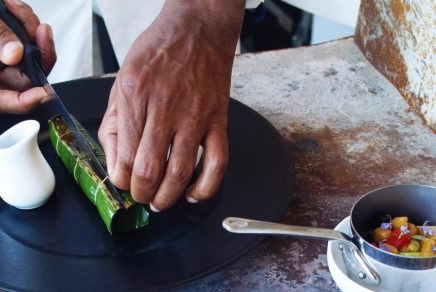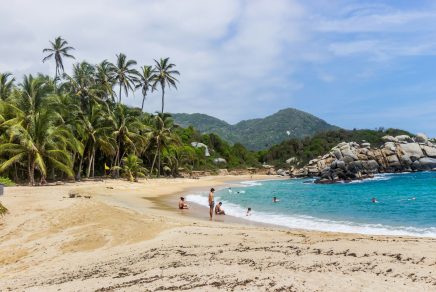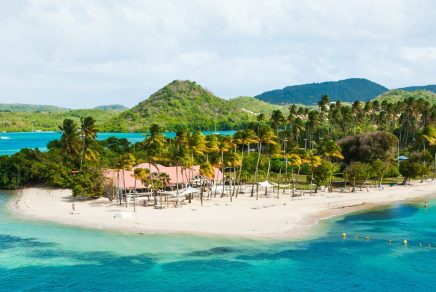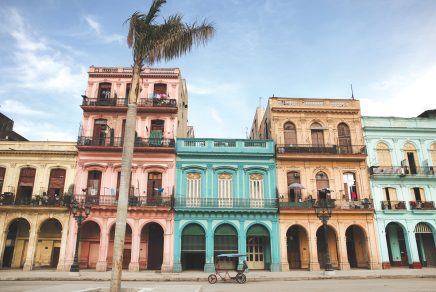Share the article
Long before Jack Sparrow, there was Blackbeard, Henry Morgan and Anne Bonny. What did they all have in common? They all left their mark on many of the destinations we love to holiday in today. So next time you’re lying on a gorgeous beach, cocktail in hand, remember that those same calm waters were once home to the tumultuous adventures of daring seafarers and pirate legends. Who knows, maybe the sand beneath your feet still holds some forgotten treasures…
Blackbeard
Let’s talk about Edward Teach, better known as Blackbeard. Did you know that this famous pirate used to weave hemp into his beard and set it on fire to scare his enemies? Yes, a walking pyrotechnic effect! It is said that even his own crew trembled at the sight of his flaming silhouette.
Although his career was short-lived – around five years – he is said to have captured around forty ships. His adventures took him to North Carolina, Virginia and Jamaica, where he sowed terror and fascination.
Trans women
There’s not much talk about female pirates; yet, at least two have ruled in the Caribbean: Mary Read and Anne Bonny. The later was the companion of Rackham, one of the most famous pirates.
Their love story started on New Providence Island, in the Bahamas, when Anne was married. Rackham convinced Anne to leave her husband and follow him at sea. Disguised as a man, she joined the crew, which already included Mary Read.
In 1720, Rackham and his men were imprisoned by Captain Barnet’s troops, at the service of the Governor of Jamaica. All of Rackham’s men were executed, except for the two women, who managed to have their lives spared by claiming they were pregnant. What happened to them afterwards remains a mystery!
Sir Henry Morgan
No, Captain Morgan is not just another rum brand! The real Henry Morgan left his mark in many corners of the Caribbean and Latin America, namely the island of San Andrés in Colombia and Venezuela.
Sent to Cuba by the Governor of Jamaica to capture some Spanish men who had information about a possible attack, Henry Morgan led numerous battles. The attack on Panama City in 1671 remains particularly significant. In defiance of orders not to invade the Spanish colony, Morgan, “the terrible” as he was nicknamed, attacked the city and reduced it to ashes.
As a result of this incident, he was extradited to England to be tried for his crimes. Among the various versions of what happened next, many say that Henry Morgan had to buy his freedom back. A few years later he was made a baron and in 1680 he became the governor of Jamaica.
Bartholomew Roberts: man or woman?
Born in 1682, Englishman John Roberts, nicknamed “Black Bart”, captured more than 400 ships during his career. He was also known as the “Puritan Pirate” because he banned all immoral behaviour on board his ships.
Considered one of the greatest pirates of all time, Bartholomew Roberts raided the Caribbean and Canadian waters, inflicting heavy losses off the coast of Nova Scotia and Newfoundland. He also laid down the law off the coast of Africa.
Because he was always well dressed, had good manners, did not drink alcohol and did not share his cabin with just anyone, historians have suggested that Bartholomew Roberts may have been a woman, perhaps even Anne Bonny, who assumed this identity after escaping death by hanging.
Islands and pirates
Between 1520 and 1720, ships flying the black flag had approached all the Caribbean islands. Due to its strategic position, Puerto Rico was undoubtedly the most frequently invaded island.
Nassau in the Bahamas, Turtle Island (today’s Haiti) and Port Royal in Jamaica were the main ports at the time and were visited by all kinds of people, including celebrities. These were the places where you could recharge your batteries, have a drink and meet other people.
What about Martinique? It is said that a certain Bartholomew Roberts used to hang his governor from his boat there…






